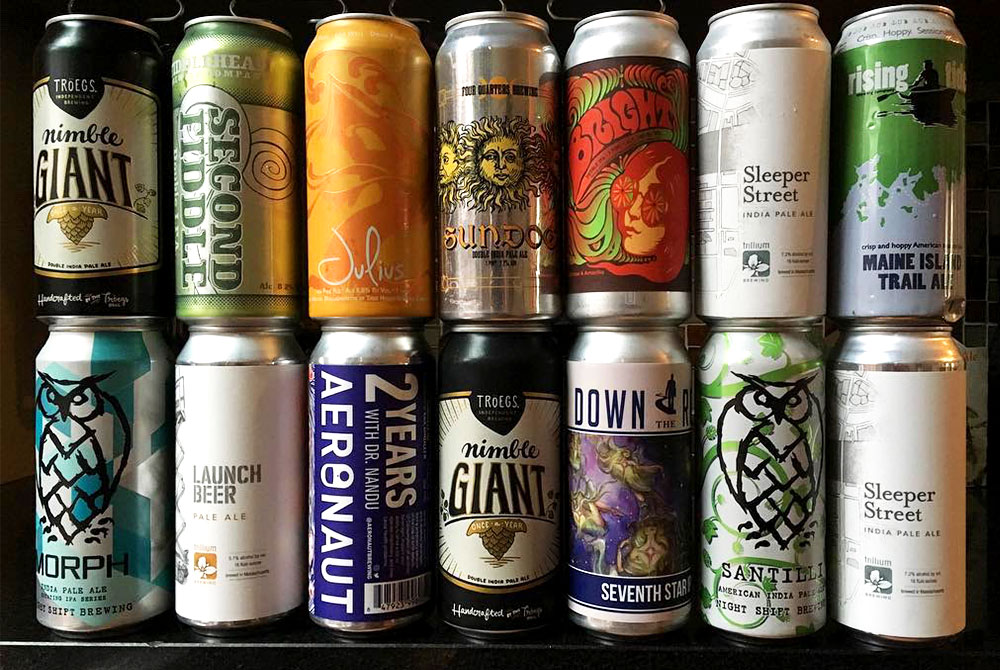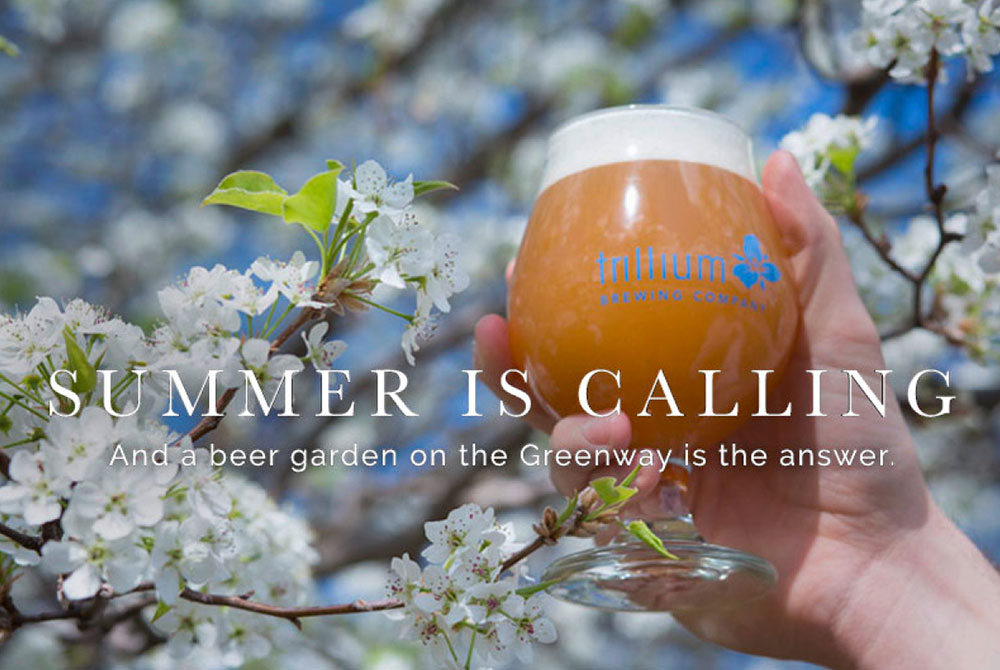Shop
What’s Next for the American IPA?
Three industry veterans weigh in.
Put an article in front of my face called “A History of American IPAs” and you can bet your ass I’m going to read it. Which is exactly what Beervana just did, as a lead-in to its podcast on the same subject. In it, author Jeff Alworth spells out what he considered to be the three stages of the category here in the U.S.
In a nutshell, he’s seen the evolution since the mid-90s go something like this: phase one was a total arms race to extreme bitterness, the more face-melting, the better; phase two saw some nuance in technique and the coaxing of more flavor and aroma from a widening pool of hop varieties; and phase three, which we’re in now, has been marked by a total commitment to “develop techniques that fully unlocked hops’ flavor and aroma potential.”
I love the idea of ‘beer from a place’ … let’s elevate that.
“This is when the IPA category blossomed into red, white, black, Belgian, session, Double, New England style, fruit IPAs, and even India pale lagers,” Alworth wrote.
He also called this the third and likely final phase of American IPAs. But I’m not so sure. Yes, his parameters for phase three are pretty all-consuming, but I can’t help but think another discernible shift is on its way, one that will present itself like a fad but refuse to go away, changing the way consumers drink and brewers brew in the process. In that vein, in fact, I think an argument could be made that the “New England IPA” is a fourth phase all its own.
But I digress. Because I’m not a brewer, I asked three people who make beer for a living to weigh in.
Here’s what they had to say:
- “I do think there is a fourth evolution that we’re currently in the midst of here in the Northeast and it’s the New England hop/juice bomb. Featuring all backend hops with no effort towards malt balance but tons of residual sugary sweetness that masks any potential bitterness. While it’s controversial, especially amongst traditionalists for the milkshake turbidity, consumers LOVE the flavor profile. With that said I have no idea what comes NEXT.” — David Fields, owner, Wormtown Brewery
- “I look at IPA’s as undergoing an evolution. And as with most things that evolve, there is no one determinable end point. Hop breeders continue to innovate, scientists continue to study, and brewers continue to experiment. I don’t think that will ever stop.” — Daniel Kleban, founder, Maine Beer Co.
- “As for the next stage of IPA, I definitely think brewers will continue to push the style. As the vast majority of new breweries are small and community-focused, it would be interesting to see more regionalized versions of IPA, each with their own local spin: Boston IPA, Philly IPA, coastal IPA, Southeast IPA, Texas IPA, etc. I love the idea of ‘beer from a place’ — this is what people from here drink, this is how we like our hops. Think about how different West Coast IPAs are from New England IPAs are from British IPAs. Let’s elevate that!” — Liz Kiraly, founder and brewer, Bone Up Brewing Co.



